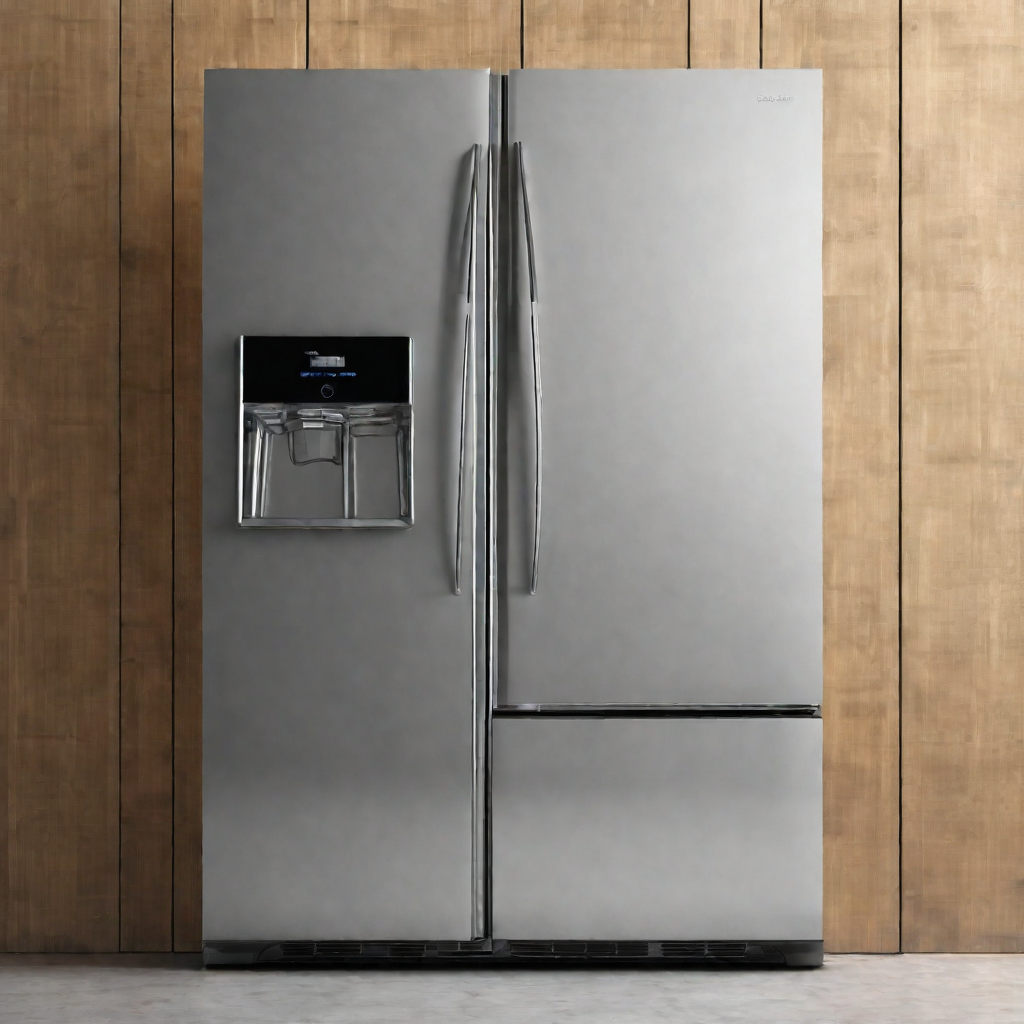Discovering that your refrigerator’s ice maker is not functioning can be frustrating. However, most issues have simple solutions that you can try before calling for professional repair services.
In this troubleshooting guide, we’ll walk you through the common causes of a malfunctioning ice maker and provide step-by-step instructions to help you resolve the problem.
Fridge Ice Maker Not Working: 7 Common Problems
Fridge icemaker not working is typically caused by blockages, dirty water filter heating element not adjusted correctly or a parts malfunction.
Now we have answered the main question, let’s dive into troubleshooting.
1. Check the Water Fill Tubes:
If your ice maker is not producing ice or the ice cubes are misshapen, the water-filled tubes may be blocked. Inspect the fill cup and the tube at the back of the ice maker for any ice buildup or obstructions.
If you find a blockage, refer to our detailed guide on cleaning your refrigerator’s water line. If the issue persists, consider replacing the water fill tubes.
2. Inspect the Water Inlet Valve:
The water inlet valve supplies water to the ice maker from the main supply line. If this line becomes blocked or frozen, water cannot reach the ice maker.
To check the water inlet valve, first, shut off the water supply and unplug your refrigerator. Locate the water valve, usually found at the bottom rear of the fridge.
Disconnect the water supply tubing from the valve and check for any debris or blockages. Clean the tubing and the shut-off valve if necessary.
Additionally, ensure that the fill tube is not frozen, as it may require increased water pressure. If you suspect an issue with the water inlet valve, you may need to consult an appliance repair expert for further assistance.
3. Clean the Water Filter:
Many refrigerators feature a water filter that needs regular maintenance. Consult your owner’s manual or the manufacturer’s website to locate and change the water filter.
Clean the filter thoroughly, or replace it if it is too clogged to clean effectively.
4. Check the Ice Maker Heating Element:
The heating element in your ice maker is responsible for moving the ice cubes from the trays to the receptacle. If the heating element is not functioning correctly, it can hinder ice production.
Probably best to consult with a repair technician to assess and potentially replace the heating element, as it requires advanced electrical skills.
5. Adjust the Thermostat:
If the thermostat is set too low, it can affect the entire ice maker, causing water to freeze before reaching the ice-making mold. Consult your owner’s manual for the manufacturer’s recommended temperature setting.
If your refrigerator is set below this level, adjust the thermostat accordingly and check if the ice maker begins producing ice.
6. Check the Control Arm:
Most ice makers include a control arm to pause ice production when the bin is full. Ensure that the control arm is in the correct position and moves freely.
If the arm is lodged, obstructed, or detached, it may prevent the ice maker from functioning correctly. Regularly check the control arm for wear and tear.
Preventative Tips:
To increase the lifespan of your ice maker and prevent future issues, follow these quick tips:
– Maintain the recommended temperature setting for your refrigerator.
– Ensure that nothing interferes with the control arm.
– Regularly clean the water filter.
– Periodically inspect and clean the water fill tubes and water inlet valves, especially if you have hard water.
When to Seek Professional Help:
If you have followed the troubleshooting steps above and your ice maker is still not producing ice, it is advisable to consult with a refrigerator repair technician. Delaying repairs may lead to more significant problems and potentially higher costs down the line.
Final Thoughts
A malfunctioning ice maker can be resolved through some simple troubleshooting steps. By checking the water fill tubes, inspecting the water inlet valve, cleaning the water filter, ensuring the heating element is functioning, adjusting the thermostat, and checking the control arm, you can often restore your refrigerator’s ice-making capabilities.
Remember to follow preventative tips to prolong the lifespan of your ice maker. If problems persist, it’s best to seek professional assistance to avoid further complications.

